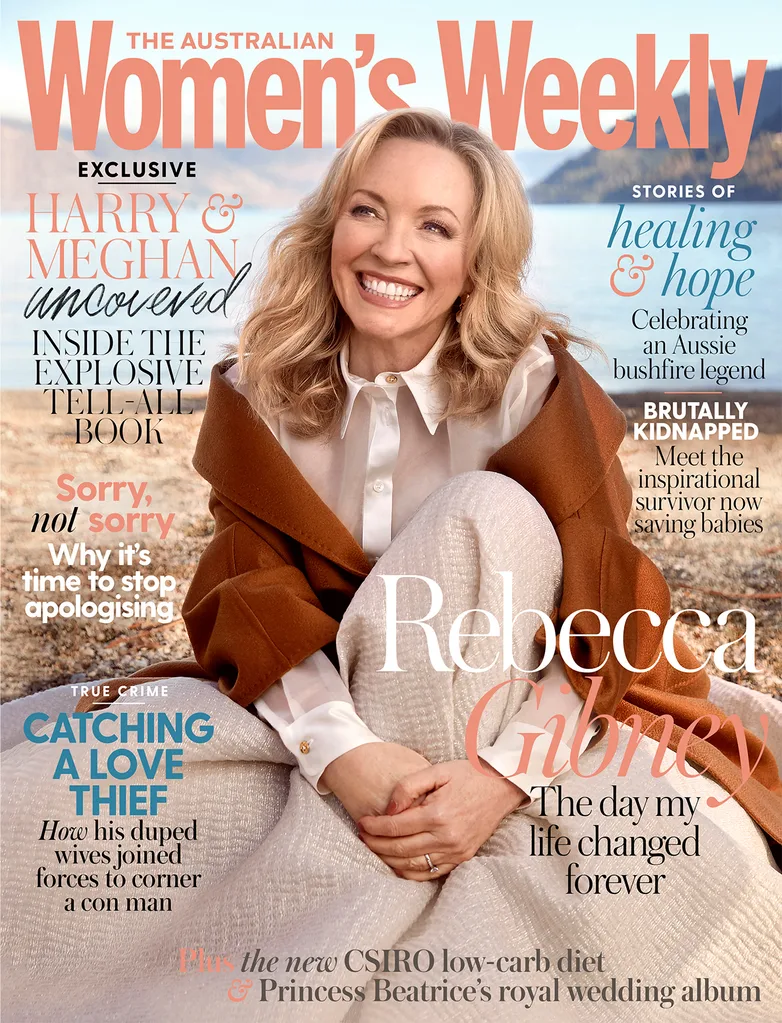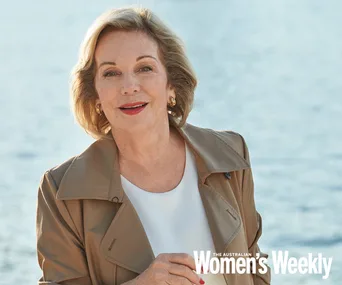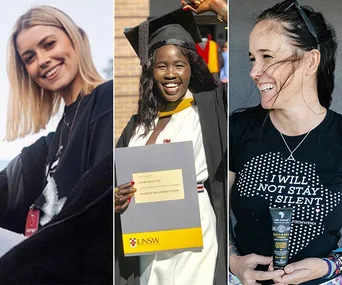Since the inaugural Women of the Future Awards in 2013, many young entrepreneurs, social change-makers and leaders who impressed our judges have gone on to achieve world-class success.
From shaking up whole industries – particularly the male-dominated world of technology – to making real differences in the day-to-day lives of disadvantaged children, the Women of the Future alumni are a group of Australians that make us proud.
Annabelle Chauncy OAM, now 34, who won the people’s choice prize in 2014, has gone on to enact real change on a grand scale in Uganda with her not for profit organisation, School for Life. One of the first students to enrol was a girl named Sissy.
“I remember having a conversation with Sissy’s mum,” Annabelle says. “She said, I just want her to have a primary school education and then I’m okay with her going off and getting married because she’ll have basic literacy skills.”
Now Sissy is doing her Year 9 equivalent in high school and is learning with confidence.
“The change in a girl who started in primary school and was not able to look you in the eye because she was so timid and afraid is incredible,” Annabelle says.
In its first year, School for Life had 80 students. It now educates 1025 young people and provides other support, such as vocational training and counselling services.
Reflecting on Annabelle’s work, it’s easy to fall under the impression everything she achieved was a fait accompli. But like so many of The Weekly’s Women of the Future alumni, Annabelle was once a young student fighting to be taken seriously and to prove that one person can make a difference.
“At the age of 21, knocking on doors and asking for people to invest in a school in Uganda while I had half a law degree was tricky,” she says.
“There were quite a lot of nay-sayers who questioned whether we’d be able to pull something like this off.”
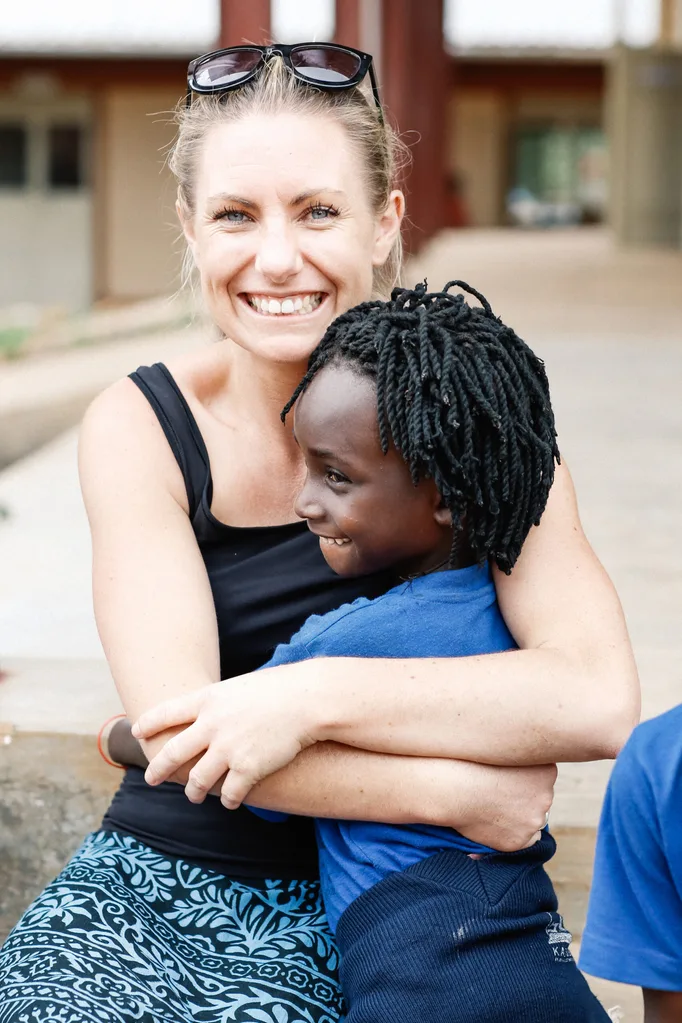
Annabelle Chauncy OAM won the people’s choice prize in 2014, and has gone on to enact real change in education in Uganda with her not for profit organisation, School for Life.
(Photo supplied)Like Annabelle, many of the past Women of the Future winners now head vibrant organisations doing world-changing work. They are not afraid to tackle complex and systemic problems.
Fifteen minutes into The Weekly’s catch-up with last year’s Women of the Future winner in the Entrepreneur and Business category, Courtney Holm, she’s giving a detailed lesson on bio-chemical recycling.
She speaks with expertise and passion about the many different ways the fashion industry can change the practices that make it one of the most polluting industries in the world.
“Recycling is important but it’s just one part of it,” says the fashion entrepreneur.

Courtney Holm (left), with the other Women of the Future 2019 winners, Madeleine Buchner and Macinely Butson.
(Bauer Media.)Courtney’s label, A.BCH, acts as an example of how the fashion industry can become more sustainable. She is interested in the entire life of the garment, and strives to ensure everything that goes into the products is ethical and recyclable.
A crucial part of her enterprise involves thinking creatively about the nature of the materials that make fashion so wasteful.
“We were slowly working on a world-first biodegradable stretch material … so instead of taking 100 years to break down, [it will take] 12 years,” Courtney explains. “We were blending that with Tencel and making our own knitwear.”
Like so many businesses, COVID-19 disrupted Courtney’s plans for 2020. A lot of her research has paused, but she has been busy making masks, which she has given away to people in the community who needed them.
She has had to refocus slightly to survive this past year, but she’s still passionate about the research her enterprise does. In this way, she is like so many of the impressive Women of the Future alumni.
WATCH BELOW: Former Foreign Minister The Hon. Julie Bishop has frequently acted as a judge for the Awards over the years. Article continues below.
Marita Cheng, for example, was raised in housing commission accommodation in Cairns and now operates her own tech company out of San Francisco.
Macinley Butson created an elegant solution to protect women with breast cancer from radiation. And Sarah Moran’s organisation, Girl Geek Academy, works to level the playing field in tech, so that women are just as involved and influential as men.
Shortly after Madeleine Buchner’s youth carer support organisation, Little Dreamers, won the Women of the Future Community, Health and Charity category last year, she was awarded a federal tender to support young carers in NSW and Queensland.
The organisation has since grown from a team of six to 33. “The numbers of applications through to our programs have gone up by 10 times,” Madeleine says.
Little Dreamers provides respite and support for young people who care for a family member affected by illness, disability or addiction.
The very first Women of the Future winner, Susanna Matters, was awarded the prize for her work to combat period poverty.
After travelling to Kenya and learning first-hand how disruptive periods can be when girls and young women don’t have access to pads and tampons, she decided to start Goods for Girls, which taught young women how to sew their own reusable pads.
For that reason, there’s a wonderful circularity with The Weekly’s new partner this year, Veeda, which sells organic period products and has a foundation that works to end period poverty all over the world. So far it has donated more than 3.1 million products in 10 countries.
Chief Executive Officer Adrian Forsyth says that, from its very beginning, Veeda wanted to ensure that its mission of creating eco-friendly fem-care products was extended to all women, including those living in period poverty, which, in Australia, equates to about one million women and girls.
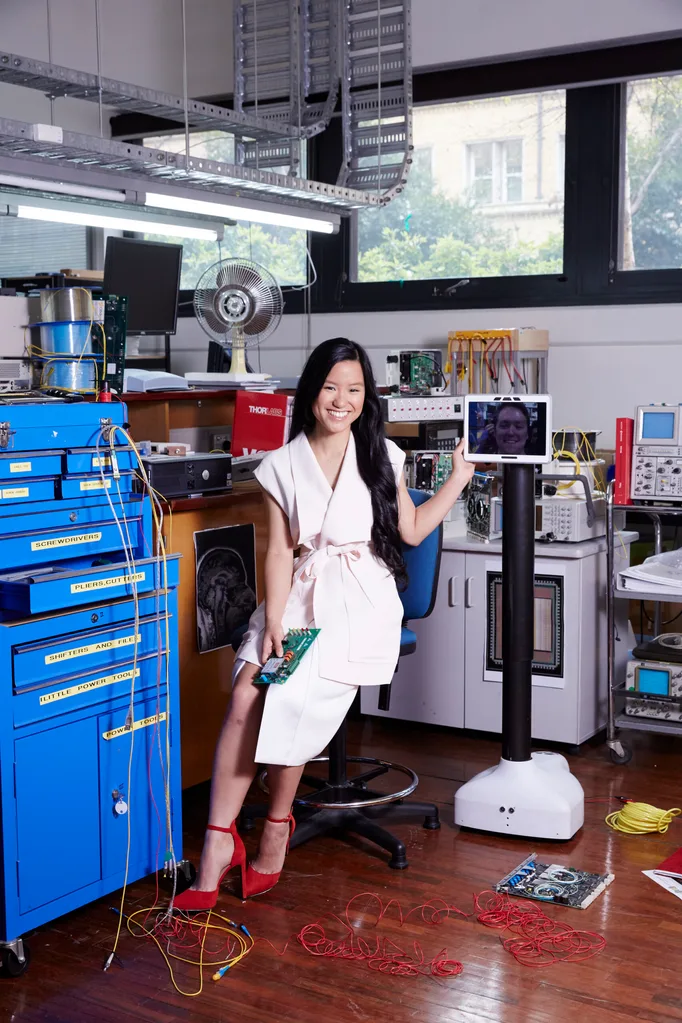
Marita Cheng won the award in 2015, and has since brought a generation of young women into STEM field with her Robogals program.
(Photo: Bauer Media)“The impact of period poverty, particularly in young women, is far reaching,” says Adrian.
“If a girl misses a week of school each month due to the stigma and physical necessity of not having access to suitable sanitary products, her education is compromised, thus impacting her future.”
“As period poverty is a solvable issue, we want to bring it firmly onto the public agenda. Having access to period products should be a standard right for all women.”
As previous Women of the Future winners have proved, this worthy goal is not out of reach. Today, Annabelle Chauncy has made lasting change in the lives of more than 1000 young people, and her organisation is proof of the power of a dream.
“It’s been phenomenal to see the change in their growth; the fact they’re now young adults and they’ve got dreams and aspirations,” she says. “We’re helping to ensure they’re able to reach their full potential.”
